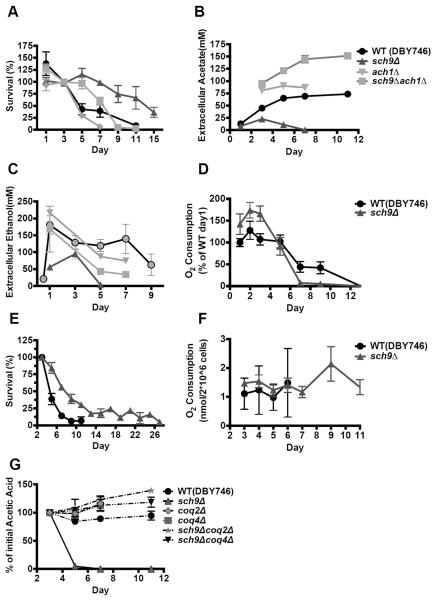Figure 5. Ach1 and electron transport activity is important for acetic acid utilization.
(A) Chronological survival of wild type, ach1Δ, sch9Δ and sch9Δach1Δ mutants (n=7). (B, C) Extracellular acetic acid and ethanol concentration during chronological aging (n=4). (D) O2 consumption of wild type (DBY746) and sch9Δ mutants during chronological aging. Data are presented as mean ± SE (n=8–9). (E, F) WT (DBY746) and sch9Δ mutants were grown in SDC and switched to the carbon source mix medium (40mM MES buffer, pH 3.7: with 50mM acetic acid and 141mM ethanol). The medium was changed on day 3 and replaced every other day. Chronological survival and O2 consumption were monitored for the entire CLS study. Data are presented as mean ± SEM (n=7). (G) WT and deletion mutants were switched to 40mM MES buffer (pH 3.7) containing 25mM acetic acid. Acetate utilization was monitored.

